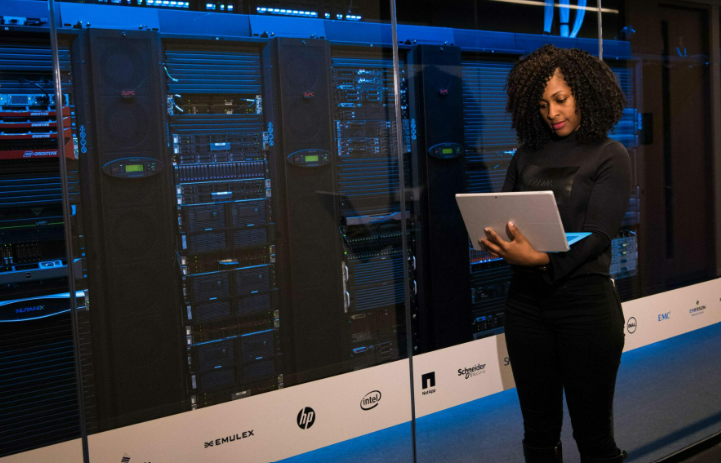Introduction
In the digital age, data centers are the backbone of modern businesses, hosting critical applications and sensitive information. Ensuring the security of these facilities is paramount. This blog explores the importance of information security in data centers, common threats, and best practices to safeguard your data.
The Importance of Data Center Security
Data centers are repositories for vast amounts of data, ranging from customer information to proprietary business data. A breach can result in significant financial losses, reputational damage, and legal repercussions. Therefore, robust security measures are essential to protect against unauthorized access, data breaches, and other cyber threats.
Common Threats to Data Centers
1. Cyber Attacks: Data centers are prime targets for cybercriminals seeking to steal sensitive data or disrupt services. Common attack vectors include malware, ransomware, phishing, and DDoS attacks.
2. Insider Threats: Employees or contractors with access to the data center can pose a significant risk if they misuse their access. This could be intentional, such as data theft, or unintentional, such as accidental data deletion.
3. Threats: Unauthorized physical access to data center facilities can lead to theft, vandalism, or sabotage of critical infrastructure.
4. Natural Disasters: Floods, earthquakes, and other natural disasters can damage physical infrastructure, leading to data loss or service outages.
Best Practices for Data Center Security
1. Physical Security Measures
Access Control: Implement strict access control policies using biometric scanners, keycards, and security personnel to limit physical access to the data center.
Surveillance: Use CCTV cameras and motion detectors to monitor the facility continuously.
Environmental Controls: Protect against environmental threats with fire suppression systems, climate control, and robust disaster recovery plans.
2. Network Security
Firewalls and Intrusion Detection Systems (IDS): Deploy firewalls and IDS to monitor and block malicious traffic.
Encryption: Encrypt data at rest and in transit to protect it from unauthorized access.
Regular Audits: Conduct regular security audits and vulnerability assessments to identify and mitigate potential risks.
3. Access Management
Least Privilege Principle: Ensure employees have the minimum level of access necessary to perform their jobs.
Multi-factor Authentication (MFA): Implement MFA to add an extra layer of security for accessing sensitive systems.
Regular Training:mProvide ongoing security training for staff to recognize and respond to security threats.
4. Data Protection
Regular Backups: Perform regular data backups and store them securely offsite.
Data Masking: Use data masking techniques to protect sensitive data from unauthorized access.
Incident Response Plan: Develop and regularly update an incident response plan to quickly address and mitigate security breaches.
Conclusion
Ensuring the security of data centers is a multifaceted challenge that requires a combination of physical, network, and administrative controls. By implementing the best practices outlined above, organizations can protect their critical data and maintain the trust of their customers. As cyber threats continue to evolve, staying vigilant and proactive in data center security measures is more important than ever.
Final Thoughts
In an era where data is a valuable asset, securing data centers must be a top priority for any organization. By understanding the common threats and implementing robust security practices, businesses can safeguard their data and ensure uninterrupted service delivery.

